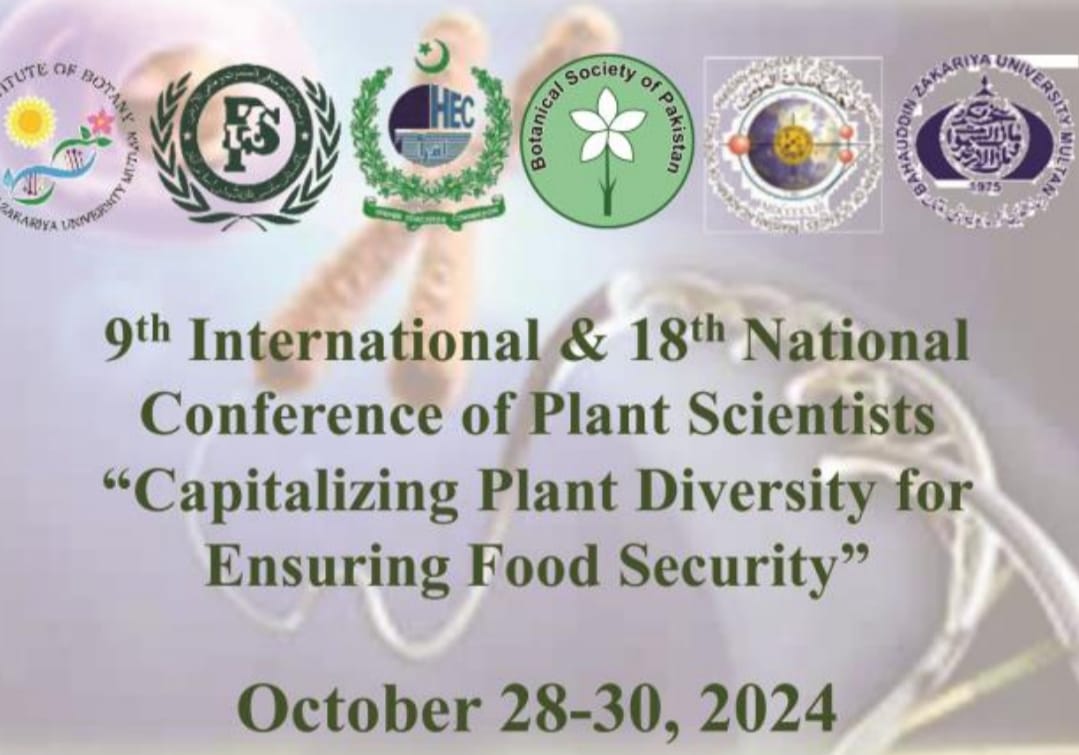
PJB-2018-1640
Pomological and biochemical profiling of date fruits (Phoenix dactylifera L.) during different fruit maturation phases
Muhammad Salman Haider, Iqrar Ahmad Khan, Muhammad Jafar Jaskani, Summar Abbas Naqvi, Sajid Mateen, Umbreen Shahzad and Haider Abbas
Abstract
Date palm (Phoenix dactylifera L.) is an important part of human diet due to the impressive panel of sugars, polyphenols, antioxidants and essential elements. In this study, ten elite indigenous Pakistani date palm cultivars were characterized for their fruit morphological and biochemical traits at three fruit ripening stages. Results depicted significant distinction in size, shape and fruit dimensions during their different softening patterns. Moreover, the moisture contents, soluble protein contents, total phenolic contents (TPC), antioxidant activity (AA), specific activity of catalase (CAT) and peroxidase (POD) were high at khalal stage, followed by rutab stage, and lowest at tamar stage. On the converse, pH and reducing sugars (glucose and fructose) increased up to the full-ripe stage in all the investigated cultivars. Pearson’s test was also established in fruit morphological parameters and sugar components. The disparity in nutritional composition mainly depended on the type of cultivar and fruit maturation stages. Our findings revealed that the indigenous date palm germplasm was the potential source of sugar contents and variety of antioxidants and could possibly be used as functional food components.
To Cite this article:
Download PDF


